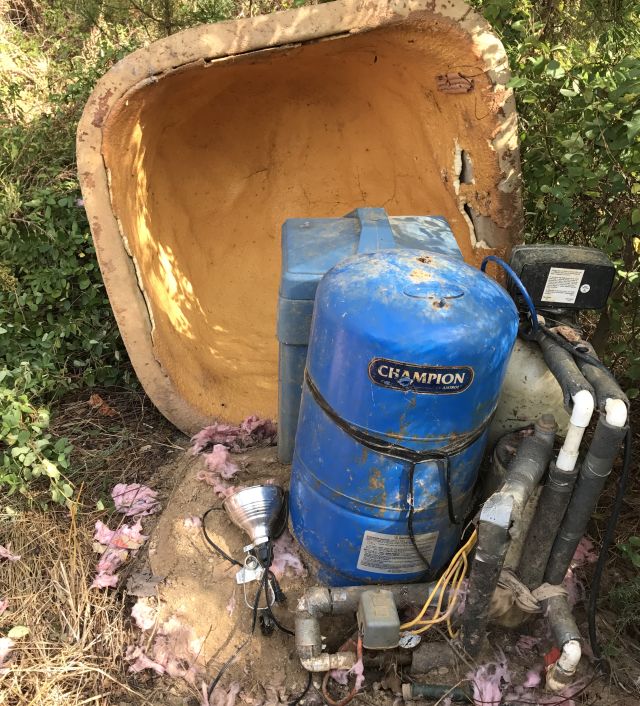Unexpectedly, Friday evening, no water in the house. No warning signs such as discolored water which could indicate the well was running dry. Checked the power supply board and the switch was on. Called the well repair guy and asked if any wells were running dry. He said 12 in the mountains but none at my level and he would visit Saturday 6pm.
Caution – following involves working with 240 volts and can result in serious injury or death and should not be undertaken by anyone not competent in this area.
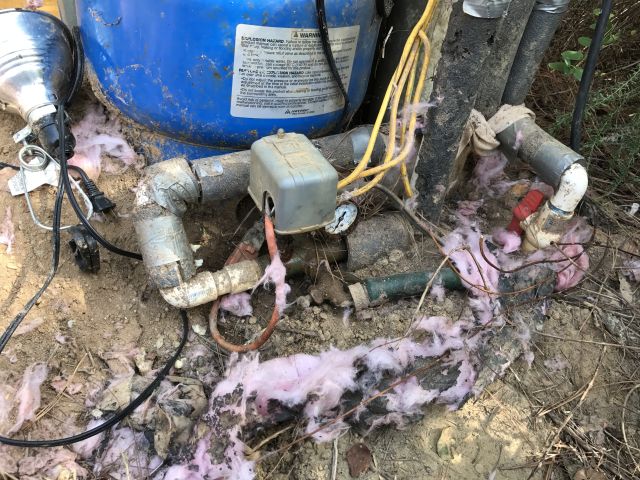
Saturday morning I lifted the dome cover over the wellhead and removed the cover over the wires.
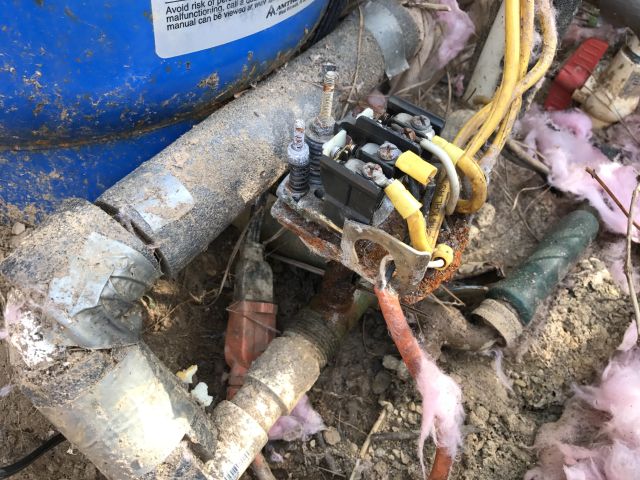
Yes, the wires from the house were carrying 240 volts. I then switched off the power. So what could be the problem? The well is about 400 feet deep and that’s where the pump is located. The problem could be a break in wires to pump, pump itself, water pipe from pump to surface or from wellhead to house, or worst case, a dry well. The the pump was pulled and replaced in 2007 – cost $1,200. Pumps usually last longer but ground lightning strikes can prematurely age a pump. My neighbors well ran dry a few years ago and to drill, fracture and install a new well cost around $12,000. The potential costs could be high.
The ground from wellhead to house was rock solid dry which is what you get in the extreme drought situation in north Georgia – so no leak between wellhead and house. While I was at it I walked over the septic tank and pipeline area and it was dry, so no ongoing leak in the house draining the well.
Back to the wellhead. Could there be another issue? The expansion tank for this well is located at the wellhead. The function of the expansion tank is to extend the life of the pump by holding reserve water under pressure for the house and when the water pressure in the tank falls below a set level it then switches on the pump. Typically it switches on the pump when the pressure falls to 30 psi and switches off the pump when the pressure reaches 50psi. Thus the life of the pump is extended since it does not have to cycle on and off every time water is used in the house. The expansion tank is connected to a pressure switch which is normally in the closed (on) position and it opens (cuts power off) when the expansion tank is fully charged. I looked more closely at the switch and noticed the plate which should be closed when water is needed was loose and not touching and providing continuity to the terminals (if you look carefully you will see there is no contact between the plate and the terminals).
There is a spring which holds the plate to the terminals and it must have broken and was not in sight. It seemed there were 2 ways forward – replace the entire switch or just the spring. The small pipe called a nipple, which connects the switch to the main pipe is badly corroded and I am quite sure will not come undone without disintegrating.
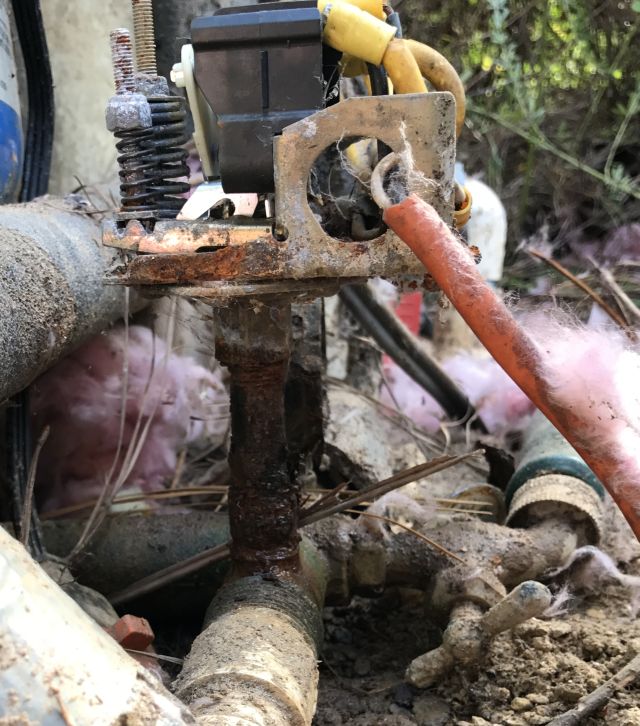
I wanted a quicker fix for the time being and decided to try replacing the spring. Fortunately I have a spare previously used switch and so I headed to my workroom and, after brewing a fresh mug of coffee, began dismantling the spare switch to figure out how to access the spring which is below several other parts, and how to re-assemble it. First attempt took about 20 mins, second attempt 10 mins, and by 4th attempt I could do it from any angle in about 5 mins. I removed the spring and some adjacent parts from the spare switch and headed back to the wellhead. And about 10 mins later the switch was repaired and I switched back on the power and the house received water and, as expected, once the expansion tank was charged, the switch snapped open.
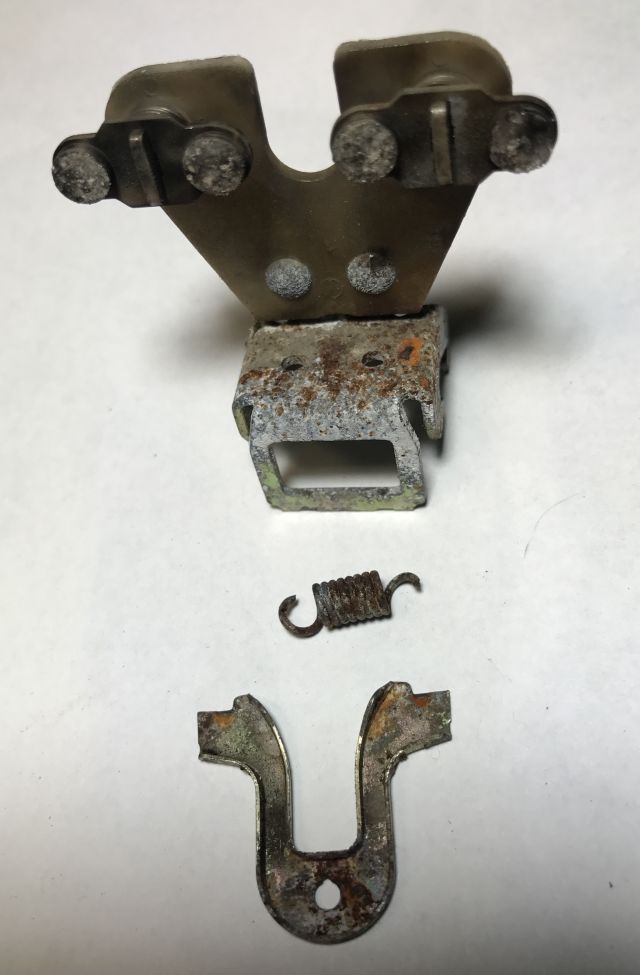
So the switch appears to work ok and I canceled the visit from the well repair guy, and I am now thinking how I will remove and replace the corroded pipe. See part 2.

